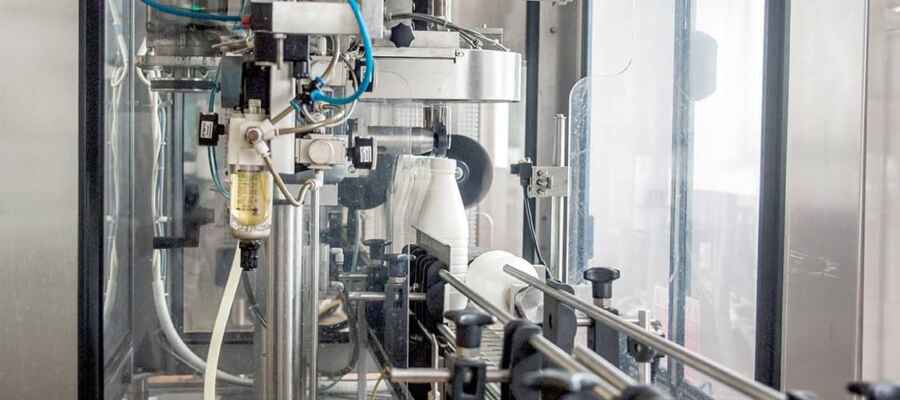Deciding Between Aseptic and Hot Fill Processing: Choosing the Best Method for Your Product

Whether you have an existing liquid product that's a tried-and-true winner or are developing a brand you hope will become one, one thing is certain: it has to reach the customer in a package. Aseptic and hot fill processing are two common methods used for packaging and preserving liquid products. In this article, we will examine the pros and cons of both to help you decide on the best method for your product.
Aseptic Processing
Aseptic processing involves sterilizing the product and the packaging separately and then bringing them together in a sterile environment. The product is typically heated to a high temperature (usually between 185-212°F) for a short period of time to kill off any bacteria, and then quickly cooled before being packaged in a sterile container. The container is then sealed in a sterile environment to prevent any bacteria from entering.
Aseptic processing is commonly used for bottle filling dairy products, juices, and other liquid products that require a longer shelf life.
Hot Fill Processing
Hot fill processing involves heating the product and filling the product into a container while it is still hot (usually between 185-212°F) and then sealing the container. The heat of the product sterilizes the container and the closure, which extends the shelf life of the product.
Hot fill processing is commonly used for bottle filling acidic products, such as juices and sauces.
Comparing Aseptic vs. Hot Fill
The main difference between aseptic and hot fill processing is that aseptic processing requires a more complex manufacturing process and specialized equipment to maintain a sterile environment, while hot fill processing can be done using standard equipment.
Looking for low cost? Hot fill processing wins.
Hot fill processing is often a more cost-effective option for smaller production runs. It requires less equipment and is less complex to operate. The product simply needs to be heated, bottled, and inverted to sterilize the cap and seal. This process can be done with relatively simple equipment and requires minimal processing time.
If quality is critical, opt for aseptic bottle filling.
Aseptic is a desirable alternative to hot-fill processing because it doesn't expose products to extended periods of high thermal temperatures, which can lead to vitamin, color, taste, and texture degradation.
Next Step: Contact the Liquid Packaging and Bottle Filling Experts
National brands trust MSI Express as a one-stop-shop for liquid processing and packaging. Experience counts, and our holistic approach identifies manufacturing issues before they become problems, streamlining processes for faster and more efficient production.
MSI Express is focused on growth and has 15 locations in six states. Three plants (two in Wisconsin and one in Northwest Indiana) have pouch, bottle, or jar filling lines available to focus on your next liquid processing or packaging filling challenge.